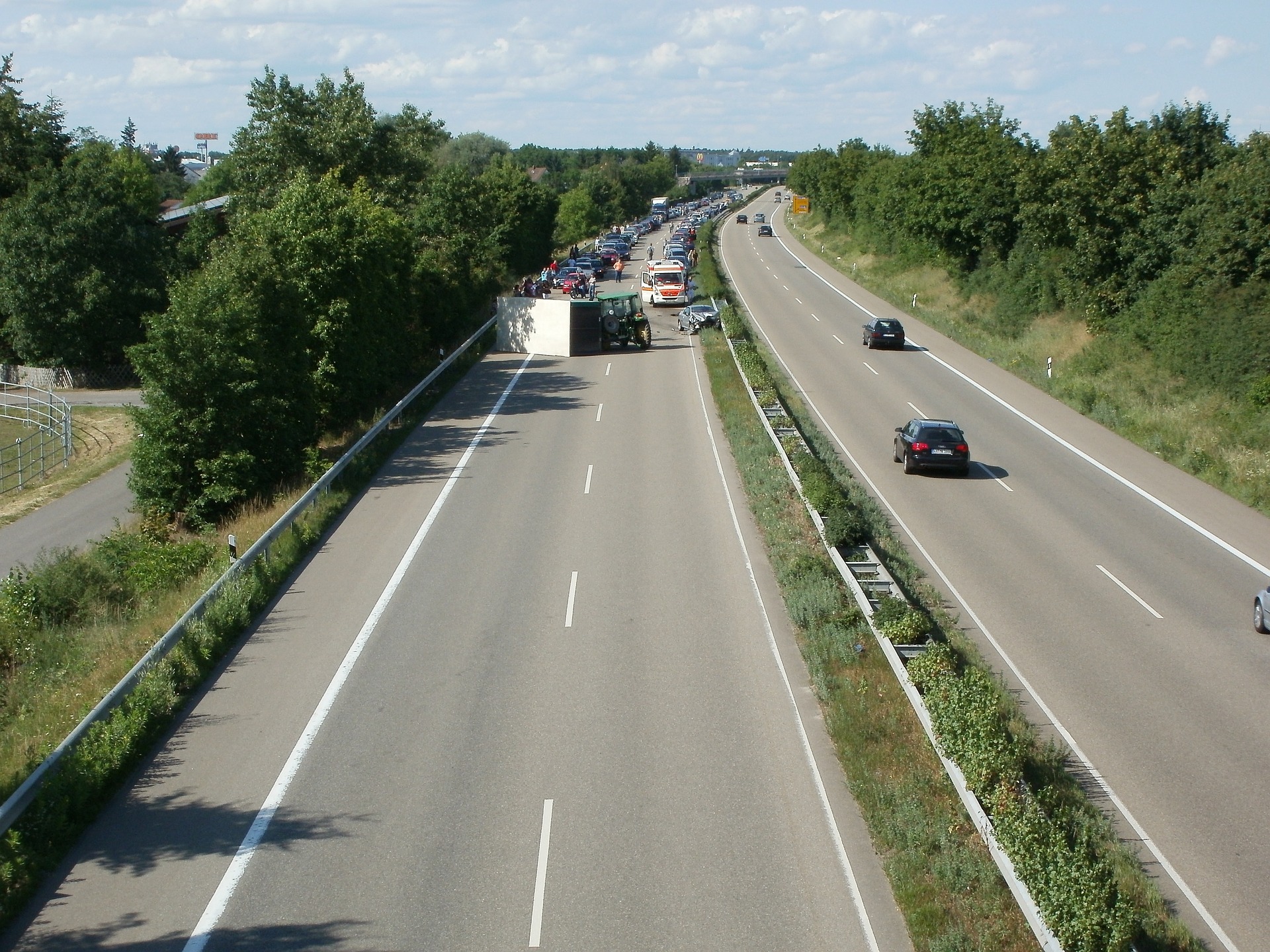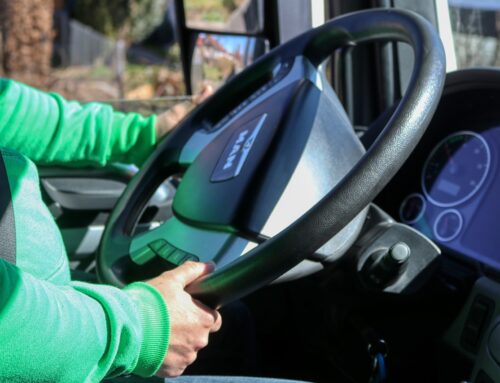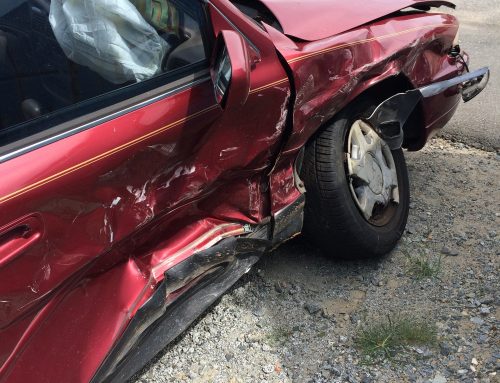While driving is a necessity for most in today’s world, it also presents a myriad of opportunities for accidents and injuries. A chain reaction collision, which is defined as an accident involving three or more vehicles, is most often seen in areas of high traffic and/or high speeds.
Florida No-Fault Law: Florida is one of a handful of states which operate under no-fault auto insurance laws. Any driver involved in an accident, regardless of fault, automatically recovers the first $10,000 in medical reimbursement, disability, or other accident-related compensation from their own insurance company. There are, however, exceptions to Florida’s “no- fault” law which allows a motorist to directly sue another at-fault motorist.

Determining Fault in a Chain-Reaction Collision
By law, drivers are required to maintain a safe distance between themselves and the car in front of them. Experts agree that approximately 20 feet per 10mph is a safe distance, meaning that at 60 mph, you should be 120 feet behind the car in front of you. But since distance can be difficult to measure, an easier method to maintain a safe distance is the “three-second rule”. Pick a stationary object ahead of you, like a street sign or a tree off to the side. Once the car in front of you passes the object, you should be able to count to three before you pass the same object.
In the case of an accident, the car in the rear is almost always considered to be at fault in a lawsuit, as it can be argued that they were not maintaining a safe distance, or not paying proper attention to the car ahead of them.
A chain reaction collision can happen in one of two ways.
1. A car runs into the vehicle in front of them, and the car behind them subsequently hits them
2. A car runs into the vehicle in front of them, and the force of the impact pushes the car forward into a third car.
Factors in a Chain Reaction Collision
If you are involved in a chain reaction collision, you may find yourself defending your story in court. That is why it is important to retain a personal injury or wrongful death attorney to help you establish the facts early on. Here are some key factors which an insurance company (or judge) will consider.
- Do phone records prove that any of the drivers were on the phone or sending text messages at the time of the accident?
- Can it be proven that one or more cars was traveling at an excessive rate of speed, or that they were following the car in front of them too closely?
- Did any of the forward cars have malfunctioning brake lights, or did any of the cars have brakes which were not working properly?
- Does witness testimony support any of the above?
For instance, if a car was struck from behind and pushed into another car, the driver may no be considered at fault. However, if that same driver was too close to the car in front of them, or didn’t have functioning brake lights, they may be determined partially at fault.
Even in a no-fault state, those involved in an auto accident may find themselves in a legal battle. If you have been in a car accident it is best to document everything about the car accident, even if you think you were not at fault.
As soon as it is practical, call an attorney who can help you to navigate the insurance claim, and protect you should there be a claim against you. Probinsky & Cole are proud to provide professional legal services from Sarasota to Tampa, and we are here to help.







